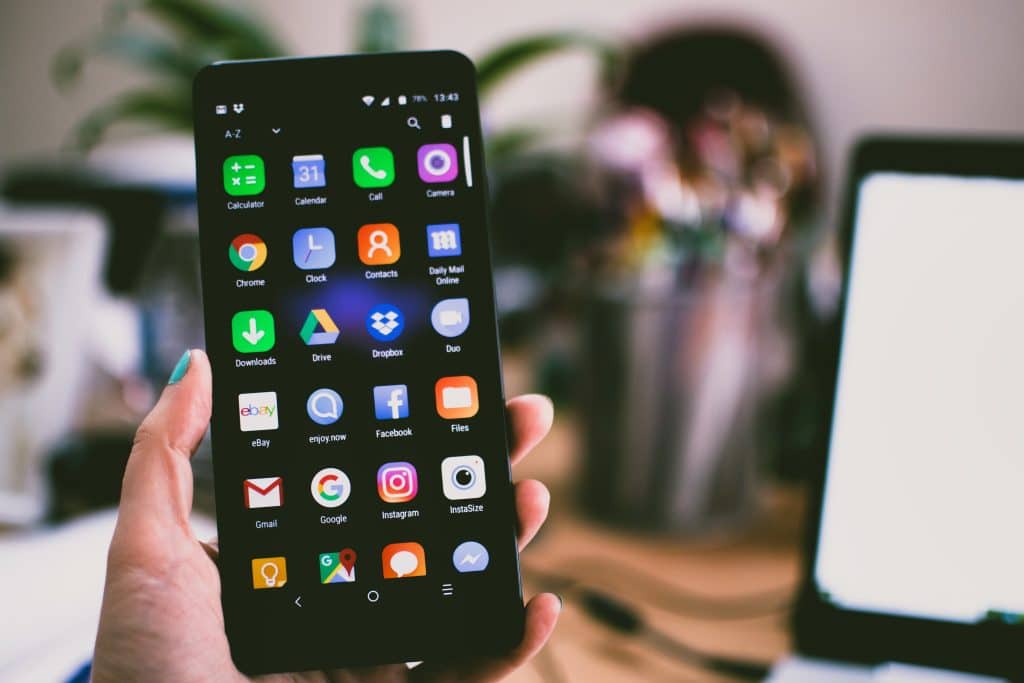The evolution of mobile technology

In the realm of technology, mobile devices have undergone a remarkable evolution. From their humble beginnings as bulky, basic communication tools, they have transformed into sleek, multifunctional devices that play a pivotal role in our daily lives. This blog post explores the journey of mobile technology, shedding light on its monumental shift and the impact it has had on society.
In particular, we delve into the pivotal role of mobile technology in enhancing customer service, highlighting how it has revolutionized the way businesses interact with their customers. Join us as we embark on this fascinating exploration of mobile technology’s transformation.
The Dawn of Mobile Technology
The story of mobile technology begins in the 1980s with the introduction of the first generation of mobile phones. These devices were primarily designed for voice communication and were both expensive and cumbersome. Despite their limitations, they marked the beginning of a new era in telecommunications.
As technology progressed, the 1990s saw the emergence of the second and third generation (2G and 3G) of mobile phones, introducing features like SMS (Short Message Service) and, eventually, mobile internet access. This period laid the foundation for the transformative changes that were to come.
During these formative years, mobile devices began to morph from mere communication tools into essential gadgets for everyday life, gradually integrating features such as cameras, MP3 players, and basic internet functionality.
The Smartphone Revolution
With the advent of smartphones, mobile technology took a significant leap forward. These advanced devices combined the capabilities of a phone, computer, camera, and multimedia player into a single, portable gadget. The introduction of app stores further expanded their functionality, allowing users to customize their devices with a myriad of applications tailored to their needs and interests.
Smartphones have not only changed the way we communicate but also heavily influenced numerous aspects of society, including customer service. Businesses can now interact with customers in real-time, provide personalized experiences, and solve issues more efficiently than ever before.
This pivotal shift is further explored in our detailed guide on Mobile technology's role in connectivity, which examines how these advancements have fostered unprecedented levels of connectivity and interaction.
Enhancing Customer Service with Mobile Technology
Mobile technology has become instrumental in elevating customer service standards. The ability for businesses to offer support and engage with customers through mobile applications, social media platforms, and chat services has led to more dynamic and satisfying customer experiences.
Moreover, the use of mobile data analytics has empowered companies to tailor their services to the specific preferences and behaviors of their customers, leading to more personalized interactions and increased customer satisfaction.
In light of these advancements, companies are continuously exploring how to leverage mobile technology to further refine their customer service strategies. A glimpse into what the future holds is provided in our article on Future trends in mobile app development.
The Next Generational Leap
The ongoing evolution of mobile technology promises even more exciting advancements in the near future. The emergence of 5G networks is set to revolutionize mobile internet speed and reliability, paving the way for more innovative applications and services.
Moreover, emerging technologies such as foldable screens, augmented reality (AR), and virtual reality (VR) are expected to further reshape the mobile landscape, offering new and immersive ways to experience content and interact with the digital world.
For a deeper dive into the upcoming innovations in mobile devices, take a look at our piece on The next generation of smartphones.
In conclusion, the evolution of mobile technology has been nothing short of revolutionary. From bulky car phones to sleek, versatile smartphones that fit in the palm of our hand, mobile devices have become an integral part of our lives, significantly enhancing the way we communicate, work, and play. As we look to the future, it is clear that mobile technology will continue to evolve, pushing the boundaries of what is possible and further improving customer service in ways we can only begin to imagine.

Related